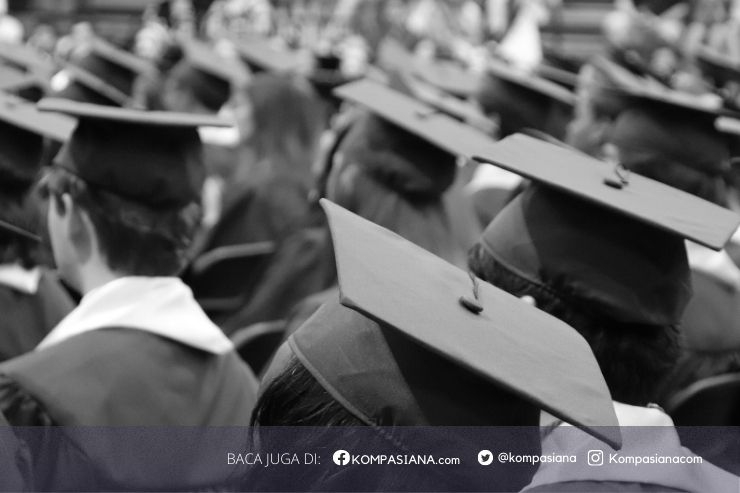You’ll also get notification of our FREE Early Years TV videos each week.
Free Article Download
Get your PDF Download and FREE Early Years TV Updates
Download this Article as a PDF
Introduction and Background to John Bowlby’s Work
Early Life and Education
Historical Context
Key Influences
Main Concepts and Theories
John Bowlby’s Key Concepts and Theories
Attachment Theory
Types of Attachment
Internal Working Models
Developmental Phases of Attachment
Relationships Between Concepts
John Bowlby’s Contributions to the Field of Education and Child Development
Impact on Educational Practices
Shaping our Understanding of Child Development
Relevance to Contemporary Education
Criticisms and Limitations of John Bowlby’s Theories and Concepts
Criticisms of Research Methods
Challenges to Key Concepts
Contextual and Cultural Limitations
Addressing Criticisms in Practice
Practical Applications of John Bowlby’s Work
Application in Curriculum and Lesson Planning
Strategies for Classroom Management and Interaction
Engaging Families and Communities
Overcoming Challenges and Barriers to Implementation
Comparing John Bowlby’s Ideas with Other Theorists
Comparison with Sigmund Freud
Comparison with Erik Erikson
Comparison with Lev Vygotsky
Synthesis and Implications for Practice
Limitations and Challenges of Comparing Theorists
John Bowlby’s Legacy and Ongoing Influence
Impact on Contemporary Research
Influence on Educational Policy and Curriculum
Ongoing Relevance for Professional Practice
Current Developments and Future Directions
Conclusion
Frequently Asked Questions
How Can I Support Attachment in a Busy Nursery Setting?
Can Children Form Multiple Attachments?
How Does Attachment Theory Apply to Children with Special Educational Needs and Disabilities (SEND)?
What Role Does Technology Play in Attachment Relationships?
How Can I Address Cultural Differences in Attachment Behaviours?
Can Insecure Attachment Patterns Be Changed?
How Does Attachment Theory Relate to School Readiness?
References
Further Reading and Research
Recommended Articles
Recommended Books
Recommended Websites
Download this Article as a PDF
Introduction and Background to John Bowlby’s Work
John Bowlby revolutionised our understanding of child development. His attachment theory transformed Early Years education and continues to influence childcare practices globally. This article explores Bowlby’s life, theories, and lasting impact on Early Years education and professional practice.
Early Life and Education
John Bowlby was born on 26 February 1907 in London, England. He grew up in an upper-middle-class family with limited parental contact, a common practice at the time. This experience later influenced his work on attachment (Van der Horst, 2011).
Key points in Bowlby’s education:
Studied psychology at Trinity College, Cambridge
Trained in psychoanalysis at the British Psychoanalytical Society
Earned his medical degree from University College Hospital, London
Historical Context
Bowlby developed his theories during the mid-20th century. This period saw significant shifts in psychology and child development theories.
Prevailing ideas of the time:
Freudian psychoanalysis
Behaviourism
Social learning theory
The aftermath of World War II highlighted the impact of separation and loss on children’s mental health. This context deeply influenced Bowlby’s work (Bretherton, 1992).
A Comprehensive Guide for Early Years Professionals and Students
John Bowlby’s Attachment Theory is a psychological theory that revolutionised our understanding of child development. Created by British psychoanalyst John Bowlby in the mid-20th century, this theory emphasises the importance of early relationships in shaping a child’s emotional and social development.
Attachment Theory is used for understanding how children form bonds with their primary caregivers and how these early experiences influence their later relationships and emotional well-being. It has had a significant effect on shaping early years practice, informing how professionals approach childcare and education.
Follow Instagram @kompasianacom juga Tiktok @kompasiana biar nggak ketinggalan event seru komunitas dan tips dapat cuan dari Kompasiana
Baca juga cerita inspiratif langsung dari smartphone kamu dengan bergabung di WhatsApp Channel Kompasiana di SINI







